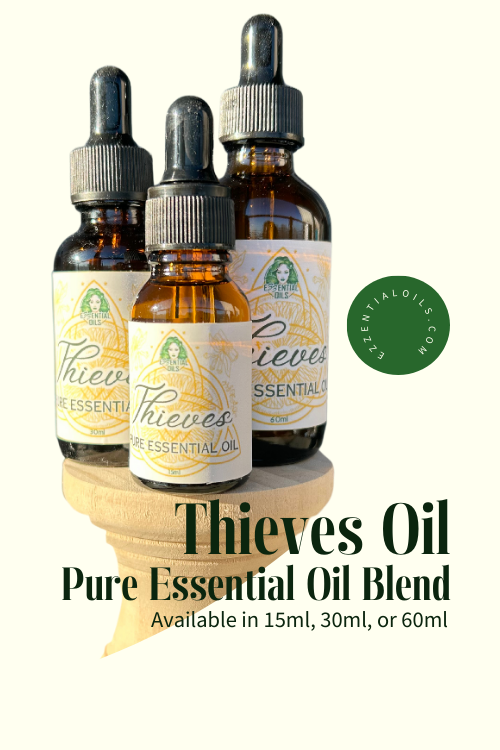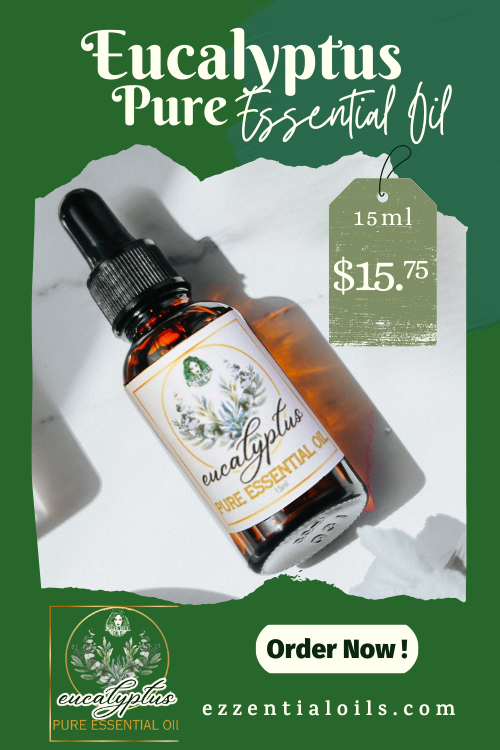DIY Shampoo:
Natural Hair Care Made Easy
Switching to a DIY shampoo is a fantastic way to take control of what goes on your hair and scalp. Many store-bought shampoos are loaded with chemicals that can strip your hair of natural oils, leaving it dry and damaged. With DIY shampoo, you can customize your formula to suit your hair type and preferences—all while keeping things natural and nourishing.
Let's explore how to create your own shampoo with simple ingredients, tips for success, and recipes for different hair needs.
Why Go DIY with Shampoo?
Making your own shampoo comes with plenty of benefits:
Natural Ingredients: Avoid harsh chemicals and synthetic fragrances that may irritate your scalp.
Customizable: Tailor the recipe to your hair type, whether it's dry, oily, or prone to dandruff.
Eco-Friendly: Reduce waste with reusable containers and sustainably sourced ingredients.
Cost-Effective: A little goes a long way, and the ingredients are often more affordable than premium shampoos.
Understanding Hair Types
Before you get started, it's helpful to know your hair's specific needs.
Dry Hair: Needs hydration and nourishment. Ingredients like coconut milk and aloe vera are great options.
Oily Hair: Benefits from balancing and clarifying ingredients like apple cider vinegar or lemon juice.
Normal Hair: Can handle a balanced formula with gentle cleansers and a light moisturizer.
Sensitive Scalps: Require soothing ingredients like chamomile or calendula.
Key Ingredients for DIY Shampoo
Here are some common ingredients and their benefits:
Liquid Castile Soap: A gentle, plant-based soap that forms the base of most DIY shampoos.
Aloe Vera Gel: Hydrates and soothes the scalp.
Coconut Milk: Adds moisture and nourishment.
Apple Cider Vinegar: Balances pH and clarifies the scalp.
Essential Oils: Provide fragrance and additional benefits for scalp health (e.g., tea tree for dandruff or lavender for soothing).
Carrier Oils: Jojoba, argan, or sweet almond oil for added hydration.
How to Make DIY Shampoo
Creating shampoo at home is easier than you might think.
Ingredients:
1/2 cup liquid Castile soap
1/4 cup aloe vera gel or coconut milk
1-2 teaspoons carrier oil (optional, depending on hair type)
10-20 drops essential oils of choice
1/4 cup distilled water
Instructions:
1. Combine the liquid Castile soap, aloe vera gel (or coconut milk), and distilled water in a clean bowl 2. or container.
3. Add the carrier oil if your hair tends to be dry.
4. Drop in your chosen essential oils. Stir gently to blend.
5. Transfer the mixture to a squeeze bottle or pump bottle for easy use.
6. Shake well before each use to keep the ingredients mixed.
Recipes for Different Hair Types
Moisturizing Shampoo for Dry Hair
1/2 cup coconut milk
1/2 cup Castile soap
1 teaspoon argan oil
10 drops lavender essential oil
5 drops geranium essential oil
Clarifying Shampoo for Oily Hair
1/2 cup Castile soap
1/4 cup aloe vera gel
2 teaspoons apple cider vinegar
10 drops tea tree essential oil
5 drops lemon essential oil
Gentle Shampoo for Sensitive Scalps
1/2 cup Castile soap
1/4 cup calendula-infused water (steep calendula flowers in boiling water and cool)
1 teaspoon jojoba oil
10 drops chamomile essential oil
How to Use DIY Shampoo
Using your homemade shampoo is a breeze:
1. Wet your hair thoroughly.
2. Apply a small amount of shampoo to your scalp and massage gently for 1-2 minutes.
3. Rinse thoroughly with warm water.
4. Follow up with a natural conditioner or a diluted apple cider vinegar rinse for extra shine.
Storage Tips
Homemade shampoos don't contain preservatives, so they need proper storage:
Keep your shampoo in an airtight container.
Store it in a cool, dry place, or refrigerate if using perishable ingredients like coconut milk.
Use within 1-2 weeks to ensure freshness.
What Benefits Should You See?
With regular use of DIY shampoo, you can expect:
Softer, shinier hair free from buildup.
A healthier scalp with reduced irritation or dryness.
More manageable locks suited to your specific hair type.
A natural, pleasant fragrance tailored to your preferences.
Making your own shampoo is a rewarding way to care for your hair while keeping things natural and sustainable. With a few simple ingredients and a bit of creativity, you can transform your hair care routine into a luxurious and personalized experience. Give it a try—your hair will thank you!
Please note, the International Federation of Aromatherapists do not recommend that Essential Oils be taken internally, unless under the supervision of a Medical Doctor, who is also qualified in clinical Aromatherapy. In addition, Essential Oils must be properly diluted before use, in order to avoid any damages to property or adverse physical effects (including injury or bodily harm).
This article is for information purposes only. All Ezzential Oils products are for external use only unless otherwise indicated. This information is not intended to diagnose, treat, cure, or prevent any disease, and it should not be used by anyone who is pregnant or under the care of a medical practitioner. Please refer to our policies for further details, and our disclaimer below.
Let's explore how to create your own shampoo with simple ingredients, tips for success, and recipes for different hair needs.
Why Go DIY with Shampoo?
Making your own shampoo comes with plenty of benefits:
Natural Ingredients: Avoid harsh chemicals and synthetic fragrances that may irritate your scalp.
Customizable: Tailor the recipe to your hair type, whether it's dry, oily, or prone to dandruff.
Eco-Friendly: Reduce waste with reusable containers and sustainably sourced ingredients.
Cost-Effective: A little goes a long way, and the ingredients are often more affordable than premium shampoos.
Understanding Hair Types
Before you get started, it's helpful to know your hair's specific needs.
Dry Hair: Needs hydration and nourishment. Ingredients like coconut milk and aloe vera are great options.
Oily Hair: Benefits from balancing and clarifying ingredients like apple cider vinegar or lemon juice.
Normal Hair: Can handle a balanced formula with gentle cleansers and a light moisturizer.
Sensitive Scalps: Require soothing ingredients like chamomile or calendula.
Key Ingredients for DIY Shampoo
Here are some common ingredients and their benefits:
Liquid Castile Soap: A gentle, plant-based soap that forms the base of most DIY shampoos.
Aloe Vera Gel: Hydrates and soothes the scalp.
Coconut Milk: Adds moisture and nourishment.
Apple Cider Vinegar: Balances pH and clarifies the scalp.
Essential Oils: Provide fragrance and additional benefits for scalp health (e.g., tea tree for dandruff or lavender for soothing).
Carrier Oils: Jojoba, argan, or sweet almond oil for added hydration.
How to Make DIY Shampoo
Creating shampoo at home is easier than you might think.
Ingredients:
1/2 cup liquid Castile soap
1/4 cup aloe vera gel or coconut milk
1-2 teaspoons carrier oil (optional, depending on hair type)
10-20 drops essential oils of choice
1/4 cup distilled water
Instructions:
1. Combine the liquid Castile soap, aloe vera gel (or coconut milk), and distilled water in a clean bowl 2. or container.
3. Add the carrier oil if your hair tends to be dry.
4. Drop in your chosen essential oils. Stir gently to blend.
5. Transfer the mixture to a squeeze bottle or pump bottle for easy use.
6. Shake well before each use to keep the ingredients mixed.
Recipes for Different Hair Types
Moisturizing Shampoo for Dry Hair
1/2 cup coconut milk
1/2 cup Castile soap
1 teaspoon argan oil
10 drops lavender essential oil
5 drops geranium essential oil
Clarifying Shampoo for Oily Hair
1/2 cup Castile soap
1/4 cup aloe vera gel
2 teaspoons apple cider vinegar
10 drops tea tree essential oil
5 drops lemon essential oil
Gentle Shampoo for Sensitive Scalps
1/2 cup Castile soap
1/4 cup calendula-infused water (steep calendula flowers in boiling water and cool)
1 teaspoon jojoba oil
10 drops chamomile essential oil
How to Use DIY Shampoo
Using your homemade shampoo is a breeze:
1. Wet your hair thoroughly.
2. Apply a small amount of shampoo to your scalp and massage gently for 1-2 minutes.
3. Rinse thoroughly with warm water.
4. Follow up with a natural conditioner or a diluted apple cider vinegar rinse for extra shine.
Storage Tips
Homemade shampoos don't contain preservatives, so they need proper storage:
Keep your shampoo in an airtight container.
Store it in a cool, dry place, or refrigerate if using perishable ingredients like coconut milk.
Use within 1-2 weeks to ensure freshness.
What Benefits Should You See?
With regular use of DIY shampoo, you can expect:
Softer, shinier hair free from buildup.
A healthier scalp with reduced irritation or dryness.
More manageable locks suited to your specific hair type.
A natural, pleasant fragrance tailored to your preferences.
Making your own shampoo is a rewarding way to care for your hair while keeping things natural and sustainable. With a few simple ingredients and a bit of creativity, you can transform your hair care routine into a luxurious and personalized experience. Give it a try—your hair will thank you!
Safety Information
Please note, the International Federation of Aromatherapists do not recommend that Essential Oils be taken internally, unless under the supervision of a Medical Doctor, who is also qualified in clinical Aromatherapy. In addition, Essential Oils must be properly diluted before use, in order to avoid any damages to property or adverse physical effects (including injury or bodily harm).
This article is for information purposes only. All Ezzential Oils products are for external use only unless otherwise indicated. This information is not intended to diagnose, treat, cure, or prevent any disease, and it should not be used by anyone who is pregnant or under the care of a medical practitioner. Please refer to our policies for further details, and our disclaimer below.













